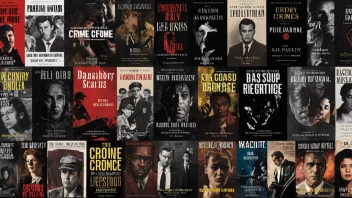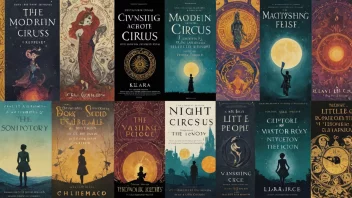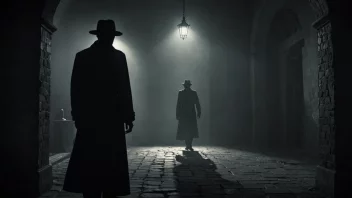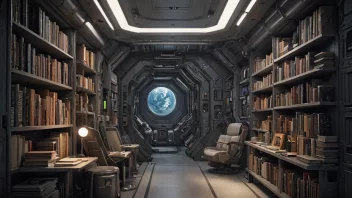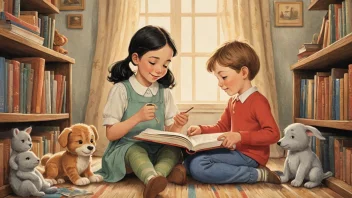In the realm of young adult literature, the intersection of music and art often serves as a vibrant backdrop that enriches character development and enhances thematic depth. These creative elements not only reflect the emotional landscapes of the characters but also resonate with the readers, creating a multi-sensory experience that deepens engagement. Here are five compelling ways in which music and art play significant roles in young adult narratives.
1. Character Development through Musical Influence
Music can be an essential tool for character development in young adult fiction. Characters who have a passion for music often experience transformative journeys that reflect their inner conflicts and growth.
- Expressive Outlets: Characters may use music as a means to express their emotions, revealing vulnerabilities and aspirations.
- Social Connections: Musical interests can forge bonds between characters, enhancing relationships and driving the narrative forward.
- Identity Exploration: Discovering a musical genre or instrument can symbolize a character's quest for identity, particularly in stories focused on self-discovery.
2. Art as a Reflection of Emotion
Art, in its various forms, plays a pivotal role in conveying emotions and themes in young adult literature. The visual representations often parallel the characters' emotional states, creating a deeper understanding of the narrative.
- Symbolism: Artists in the story might create pieces that symbolize their internal struggles or societal commentary, adding layers to the plot.
- Imagery: Vivid descriptions of art can evoke strong imagery that resonates with readers, making the emotional experiences more relatable.
- Healing Through Art: Characters may engage in art as a therapeutic practice, helping them navigate trauma or loss.
3. Thematic Resonance with Musical Motifs
Music often serves as a thematic motif that reinforces the central messages of a story. Soundtracks or specific songs can evoke particular moods that align with the plot's progression.
- Recurring Themes: A particular song may recur at pivotal moments, representing themes of love, loss, or rebellion.
- Character Arcs: The evolution of a character's relationship with music can mirror their growth or decline throughout the narrative.
- Cultural Context: Including specific musical genres can ground the narrative in a cultural context, enriching the reader's understanding of the characters' backgrounds.
4. Enhancing the Atmosphere with Artistic Elements
Artistic elements can create an immersive atmosphere that draws readers into the world of the story. This engagement is enhanced by the sensory experiences that music and art provide.
- World-Building: Detailed descriptions of art galleries, concerts, or music festivals can establish a vivid setting that feels alive and authentic.
- Emotional Depth: The incorporation of specific art styles or musical genres can evoke feelings of nostalgia, joy, or sadness, enhancing the emotional impact.
- Reader Engagement: By engaging multiple senses, authors can create a richer reading experience that captures the imagination.
5. Music and Art as Catalysts for Change
In many young adult narratives, music and art act as catalysts for social change, prompting characters to confront societal issues and inspiring readers to reflect on their own beliefs.
- Activism: Characters who create art or music often use their talents to raise awareness about social issues, inviting readers to consider their own roles in effecting change.
- Community Building: Artistic endeavors can unite characters and communities, illustrating the power of creativity in fostering solidarity.
- Personal Growth: Engaging with music and art can lead characters to challenge the status quo, driving personal and societal transformation.
In conclusion, the integration of music and art in young adult literature not only enhances the storytelling experience but also deepens character development, enriches emotional resonance, and ignites social change. By weaving these creative elements into narratives, authors create a tapestry that reflects the complexities of adolescence, inviting readers to explore their own identities and the world around them through the lens of creativity.


